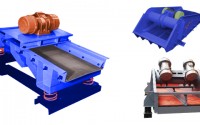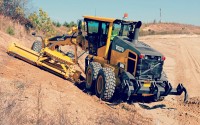A Guide to Dual Cab Canopies: The Ideal Way to Store and Transport Your Gear Safely
No matter if you got your ute as a cab chassis or pickup, fitting a canopy at the back is one of the best things you can do. This will be easier on the cab chassis and involve less work, while for pickups you’ll need a tray conversion before picking the canopy that best meets your needs.
Canopies are undoubtedly worth their weight in gold. They’ll more than double the available storage space, provide the needed protection from the elements, and offer a higher level of security for anything you’ll store inside. In addition, canopies can be customised with any addition you need making them good for both work and play. Internal and external accessories are easily fitted and extend the scope of functionality and usability.
Choosing a Canopy for Your Ute
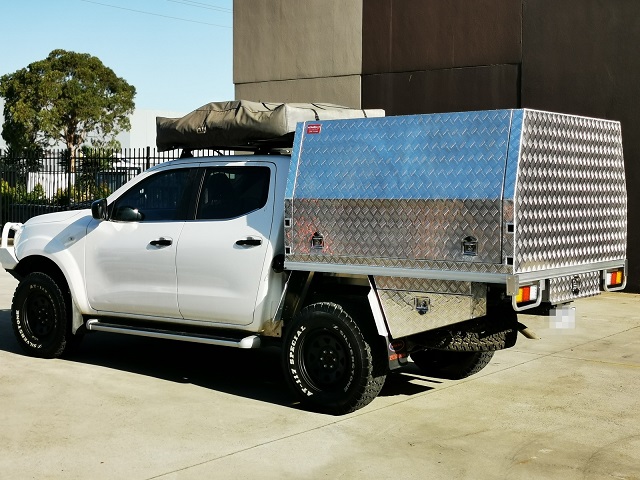
The size and design of the canopy will be determined by the ute itself. Since single cabs have more room to work with, they can also fit longer canopies. But the majority of ute sales encompass dual cab pickups. While you can’t get rid of the extra pair of doors or the rear seats, you can still find a decently sized aluminium dual cab canopy that ticks most if not all boxes. Unless you opt for a canvas or fibreglass variant, the pickup will need a tub-to-tray conversion, and the canopy fitted as an option afterwards. If you’re going this route, consider builders that offer tray conversion and canopy combos to ensure you get the best fit and save some money and time in the process.
Differences in sizes
Single cabs can cram a canopy that is 2400mm long and in the standard tray width of roughly 1800mm and heights topping out at that of the cab roofline, or 850-900mm. Extra cabs shorten the length to 2100mm, while a dual cab tray back canopy averages around 1800mm long. Of course, you can go for slightly shorter variants and leave some usable space on the tray.
Designs and Build
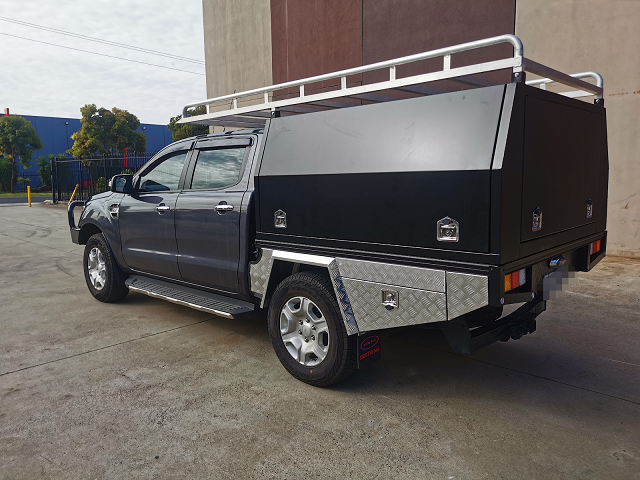
Most dual-cab canopies taper at both the passenger and driver sides to allow the fitment of doors. These can be full doors extending from the floor to the roof (and providing easier access) or half doors opening at the midsection. What’s of note is that both floors and roofs are made of single sheet metal, with side panels supported by uni-strut channel frames and seamless TIG welded joints. You get a strong, level internal loading area and a roof that can carry up to 300 kilos of additional weight.
This is in standard variants that bolt onto the tray. Alternatively, if you need the tray for other purposes, then a lift-off canopy makes more sense. This has a reinforced floor to support the weight of the canopy and all the goodies inside when removed from the tray and placed on freestanding jack legs. And besides the versatility lift-off variants offer, they too come in the same standard sizes, so you’re not sacrificing space on the account of usability.
Materials
The choice of metals will mostly impact weight more than anything else. Aluminium is light enough to not encroach on the carrying capacity of the rear axle and lead to a sagging ute. Nor does it give up any strength when compared to steel. The marine-grade 2.5mm sheets are thick enough to prevent theft, dents, and damage, intentional or otherwise. And unlike steel, an aluminium dual cab canopy is rust-proof even without the additional coatings. Buyers can also get colour-coded powder coatings for additional protection and an appearance that is in line with the rest of the ute. The only need for steel is in the recessed locks, while rubber seals prevent water and dust from getting in.
Internal Storage and Accessories
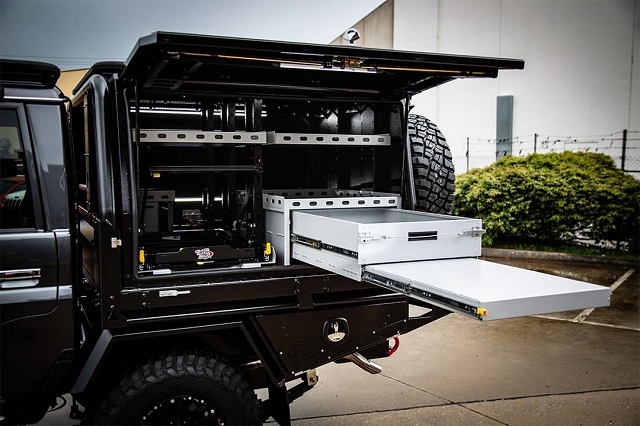
This is where there are dozens of options. If you’re a tradie you can fit the inside of the canopy with a range of drawers, shelves and compartments in configurations that work best for the tools you carry. In addition, there are pantries, fixed or sliding lockable drawers of varying sizes, and even top benches to carry out any work. Fitting a 12V connection also allows the use of corded tools.
For off-roaders and campers, sliding trays come in handy when equipped with built-in ovens, fridges or sinks without eating into too much space on the inside for other gear. As for external accessories, the tough build can support the weight of a full-length ladder or canopy rack, in addition to extras like holders for spare tyres, gas bottles and jerry cans.
Final Word
To get a canopy that is both functional, built to a standard (and complies with ADR regulations) and has all the useful accessories, you’ll need to find a respected builder. Most will have defined canopy and toolbox lines to suit different utes, and can even offer tray and canopy combos if you’re converting from a factory tub. One last thing to consider is that your ute may be better off with an air suspension upgrade at the back if you’re cramming heavier tools or equipment on a regular basis. This will prevent rear axle squat and proves handy on tougher terrain.

